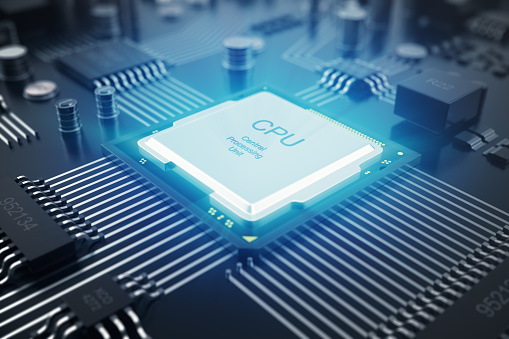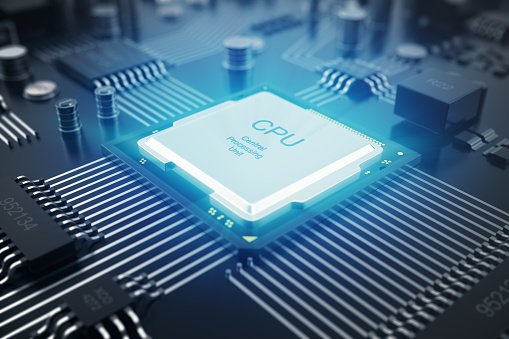







Intel Core 2 Duo E8800 (ES)
Intel Core 2 Duo E6200 (ES)
Intel Core 2 Duo E7700
Intel Pentium II 266 (0,35µ)
Intel Core 2 Duo E7800
 Other articles
>
X86 Glossary
> Turbo Boost 2.0
Other articles
>
X86 Glossary
> Turbo Boost 2.0
Intel® Turbo Boost Technology 2.0 accelerates processor and graphics performance for peak loads, automatically allowing processor cores to run faster than the rated operating frequency if they’re operating below power, current, and temperature specification limits. Whether the processor enters into Intel® Turbo Boost Technology 2.0 and the amount of time the processor spends in that state depends on the workload and operating environment. Maximum turbo frequency indicates the highest possible frequency achievable when conditions allow the processor to enter turbo mode. Intel® Turbo Boost Technology frequency varies depending on workload, hardware, software, and overall system configuration. Due to varying power characteristics, some parts with Intel® Turbo Boost Technology 2.0 may not achieve maximum turbo frequencies when running heavy workloads and using multiple cores concurrently. Availability and frequency upside of Intel® Turbo Boost Technology 2.0 state depends upon a number of factors including, but not limited to, the following: - Type of workload - Number of active cores - Estimated current consumption - Estimated power consumption - Processor temperature When the processor is operating below these limits and the user's workload demands additional performance, the processor frequency will dynamically increase until the upper limit of frequency is reached. Intel® Turbo Boost Technology 2.0 has multiple algorithms operating in parallel to manage current, power, and temperature to maximize frequency and energy efficiency. Note: Intel® Turbo Boost Technology 2.0 allows the processor to operate at a power level that is higher than its TDP configuration and data sheet specified power for short durations to maximize performance.
Used for : Intel , Intel Atom, Intel Core i3, Intel Core i5, Intel Core i7, Intel Core i9, Intel Core M, Intel Core i3, Intel Core i5, Intel Core i7, Intel Itanium 2, Intel Pentium, Intel Xeon